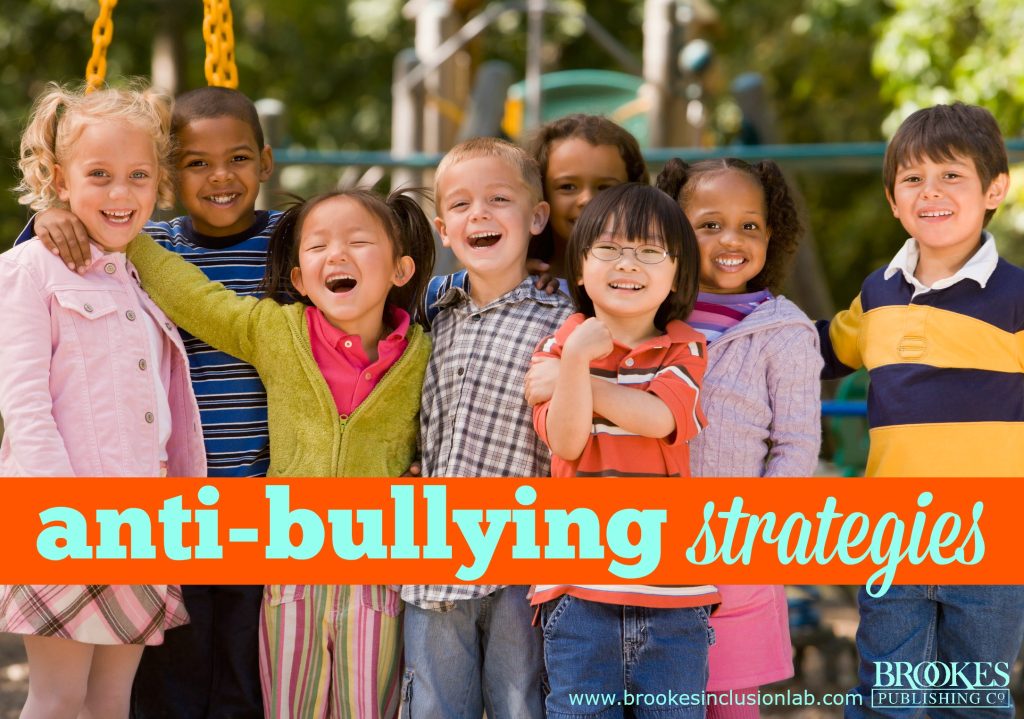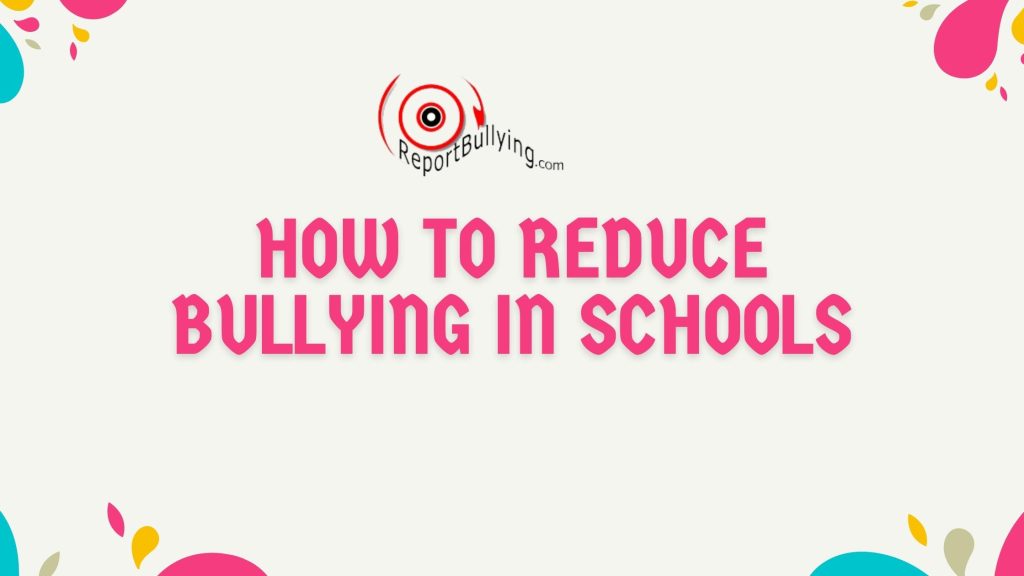
Bullying – can it be stopped?
From our Reportbullying.com survey statistics on the topic of bullying, many of us have a myopic view. We tend to say, “It’s a bully problem. No, it’s a school problem. No, it’s a parent problem. No, it’s a teacher problem.” We think we know the problem because we are always looking in the same place, from the same angle.
It’s like having four windows in your house with everyone looking out of the same window and seeing the same things happening in a particular area. This makes everyone think they understand what the problem is. When people are fixated on a certain problem, they tend to look out the same window trying to resolve the same problem. They try certain solutions only to find out later that the problem has popped back up. The problem is that they’re focusing on just a portion of the problem and that is why they continually end right back where they started.
When it comes to bullying, we tend to view bullying as a bully and the victim in a school or in a certain neighborhood setting. However, what we fail to see is the bigger picture as we can’t see the whole problem looking out of only one window. It’s true that bullying happens at schools and in all neighborhoods, but we need to see the entire problem. Bullying is a community problem and not just a bully or school problem. We must understand that until we back up and take a look at the entire picture, we will never be able to get to the root of the problem. The way we get to the root of the problem is through a paradigm shift.
A paradigm shift is a radical change in thinking from an accepted point of view to a new one. Until we make a paradigm shift in our thinking and the way our communities think and react, the problems will keep happening and we’ll have to clean up the same behavioral problems over and over again.
You will agree that if we have a contagious virus in a house and we take care of only one child, there is still a risk that the other children in the house may have been infected as well. When we compare a virus with bullying, we see that most schools focus on the reactive side, fixing only the symptoms of the bullying problem which gives the bad behavior (the virus) an opportunity to spread. On the other hand if we become pro-active and educate (immunize) everyone, we have a better chance to contain the bad behavior from spreading.
Could you see the huge pandemic that would happen if they never immunized anyone? The infection would just get out of control. You do not immunize just the bully or the victim because that is only a low percentage of students. Instead, you immunize the bystanders (everyone is a bystander; even the bully and the victims at one time or another). You immunize every person including the students, parents, politicians, teachers, counselors and government because this is your community.
The many calls that we have received and are still receiving at Reportbullying.com from schools and parents, suggest that some schools and communities are in a reactive mode. Instead, we need to shift into a pro-active mode now. We will review the reactive side of bullying, but our emphasis is on the proactive side so that you stop correcting the same behavioral problems over and over again.
Bullying is a community problem not a school problem.
It is our job and responsibility to bring the best to our children or students and others in our communities and in doing so we bring out the best in ourselves. It’s a question of maintaining our own integrity when we see inappropriate behavior; therefore it’s our responsibility to do something about it. We’ll enlighten and open up a paradigm shift to the proper behaviors that are needed to resolve and reduce bullying in your communities. It’s our job to make this universal problem understandable, acceptable and applicable. We can be empowered enough to be a part of the solution by making our mindset and behaviors more effective, thereby receiving better results for ourselves and in return also getting better results from others. It’s reasonable to assume that if the behavior we call bullying is learned, experts say it can be “un-learned.” [1]
To make that paradigm shift we need to change our thinking and approach this epidemic with the whole community thinking alike.
[1] National Association of School Psychologists, NASP Families Behavior “Bullies and Victims”, www.nasponline.org/families/index.aspx/ (June 1, 2012)
Links:


